The 10 Coolest PC Components Of 2008
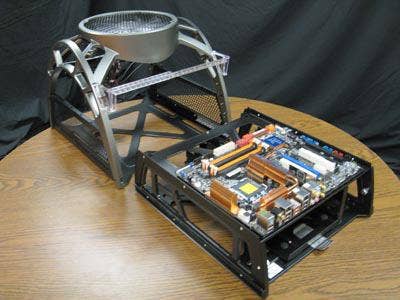
Inside and out, the industry saw an entire new generation of PC components hit the market in 2008 -- and the PC will never be the same. Higher performance, more efficient, and in the case of the Antec Skeleton (pictured at left), next-generation designs. They all added up to a year of cool PC components that will make much of the industry take a new look at where personal computing can go.

For months, Intel executives led us to believe that the Nehalem platform, now known under the Core i7 brand, would change computing. When the new platform hit the market, we were not disappointed. The Test Center has never seen a processing platform deliver as much performance as the Core i7, in either desktop or data center configurations. It's a game changer.
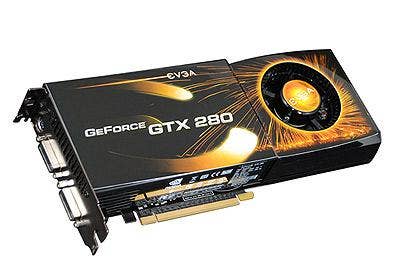
Nvidia and its technology partners, like EVGA, continue to push the limits of what graphics can do to a PC's performance. With the GeForce 280x SLI, EVGA has presented a graphics card based on Nvidia technology that supports three-way GPU configurations for high-end gaming, CAD or other performance-intensive applications. The cards themselves look like older VHS tapes; to fit three snugly into one PC chassis takes patience and planning. It's worth it; the performance delivered by the configuration of three Nvidia-based graphics cards now contributes to record-setting numbers.
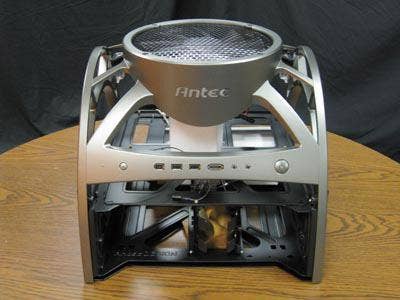
Chassis and component maker Antec took a much different tack with its Antec Skeleton PC case than traditionally seen. It offered up what amounts to a skinless body -- an open-air chassis that allows for easy access to components and a visually interesting way to build a personal computer. Like its name suggests, it looks like a skeleton. A sliding motherboard panel allows for an easier build and large graphic cards can actually hang on the outside of the case. It's not a mainstream component, but one that will no doubt have others in the industry thinking about potentially unique approaches.
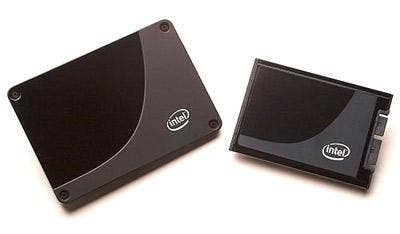
Vendors were poised to jump into 2009 aggressively moving to press adoption of Solid State Drives (SSD) into PCs, notebooks and more. Among the best (not to mention most expensive) of these SSDs is the Intel X25 SSD, listed at about $650 for 80 GB of storage. What do you get for all that money? A fast, easy to deploy drive that -- at first blush -- appears to speed PC boot times dramatically. Keep an eye on this segment in 2009, and, for now, Intel's offering.
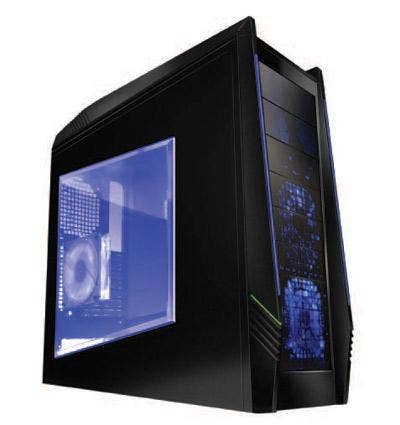
This is one chassis that deserves to be on a list of "cool" components. Billed as The Airflow King, the Tempest is a black, steel, midtower case with a total of six included fans. There are two 120mm intake fans in the front, two 140mm exhaust fans on the top, and additional 120mm fans on the side and rear. Like most gamer-focused cases, the left panel has a window. Continuing with the airflow theme, there are holes next to the motherboard tray that allow for the routing of excess cabling under the board. This makes for a neater-looking and cooler system. Other cooling-based features are a bottom-mounted power supply (not included) and eight server-like hard drive bays situated behind the front fans. Additionally, for liquid cooling solutions, there are grommet-filled holes in the back and the Tempest is pre-drilled to mount a dual radiator at the top.
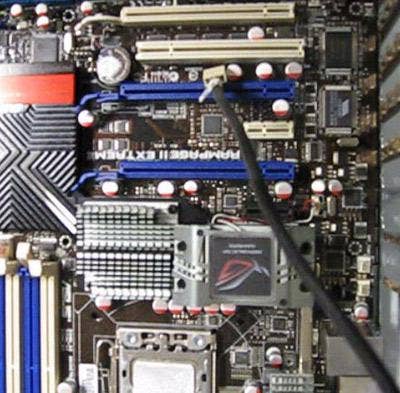
This board has the unique position of supporting both Intel's Core i7 processor and the Nvidia Tri SLI configuration, and does so with a nice design and engineering. Moving into 2009, Asus has set a nice benchmark for supporting PCs with high performance, and the Rampage II Extreme remains among the most solid of the higher performers in the market.
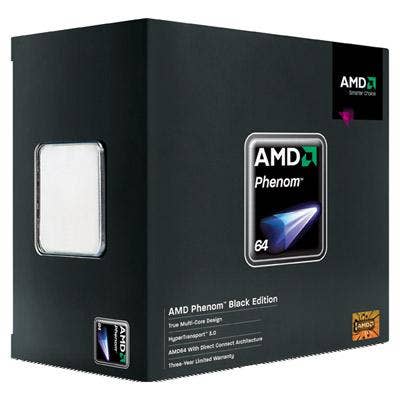
AMD's Quad-Core X4 9550, 9750 and 9850 were designed and built with overclockers in mind, and AMD provides nice design and engineering to support the cause. With a competitive price point and the ability to push performance benchmarks further than normal, the Phenom Black Edition rolled out as a nice offering to a segment of the market that discriminates based on performance.
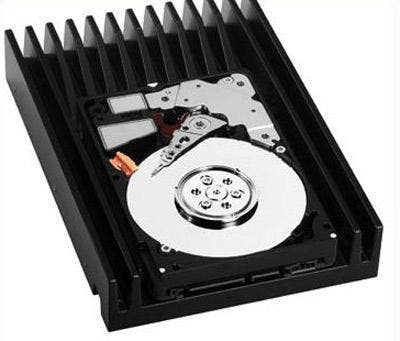
Based on the company's enterprise-class drive technology, WD's VelociRaptor 2.5-inch hard drive provides up to 300 GB capacity. At 10,000 RPM, it's blazing fast and a leader in its class for desktop HDDs. The drive is enclosed in WDC's IcePack, a 3.5-inch mounting frame with a built-in heat sink, which the Lake Forest, Calif.-based storage vendor said fits in a standard 3.5-inch system bay and provides extra cooling for high-performance desktop PC and workstation applications. The Test Center has found the VelociRaptor to be a terrific component for systems that want speed and stability on the desktop.
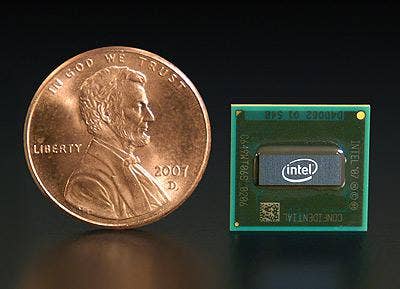
The Intel Atom processor is the chip maker's smallest processor (<25 mm2 die size) -- built with the world's smallest transistors (47 million of them). With models ranging from 800MHz to 1.86GHz, an average power range of 160 to 220 milliwatts, an idle power range of 80 to 100 milliwatts and TDP power from .65 to 2.4 watts, Intel claims it's the world's fastest chip under 3 watts. Designed originally for handsets, the Atom is emerging as the CPU of choice for makers of netbooks and ultramobile PCs.
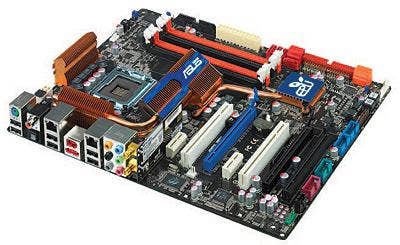
The P5Q3 Deluxe is an Intel LGA775 Socket board with the new Intel P45 chipset. With four slots for DDR3 memory, it has two PCI Express 2.0 x16 slots to support ATI CrossFireX at x8 speed, and another PCIe x16 slot at max x4 speed. There are also two PCIe x1 slots and two PCI slots. In the lab, its performance enabled PCs that either ran at much higher performance with no increase in energy consumption, or at lower energy consumption without sacrificing performance. Either option is one that could appeal to system builders, VARs and their customers. The P5Q3 Deluxe is a nifty component that, like others in 2008, is helping change the face of the PC.